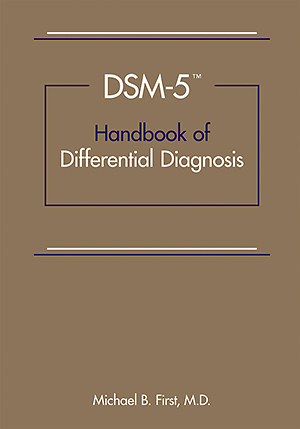Sections
Excerpt
Differential diagnosis is at the heart of every initial clinical encounter and is the beginning of every treatment plan. The clinician must determine which disorders are possible candidates for consideration and then choose from among them the disorder (or disorders) that best accounts for the presenting symptoms. The biggest problem encountered in differential diagnosis is the tendency for premature closure in coming to a final diagnosis. Studies in cognitive science have indicated that clinicians typically decide on the diagnosis within the first 5 minutes of meeting the patient and then spend the rest of the time during their evaluation interpreting (and often misinterpreting) elicited information through this diagnostic bias. Forming initial impressions can be valuable in helping to suggest which questions need to be asked and which hypotheses need to be tested. Unfortunately, however, first impressions are sometimes wrong—particularly because the patient’s current state may not be a true reflection of the longitudinal course. Accurate diagnosis requires a methodical consideration of all possible contenders in the differential diagnosis.
Access content
To read the fulltext, please use one of the options below to sign in or purchase access.- Personal login
- Institutional Login
- Sign in via OpenAthens
- Register for access
-
Please login/register if you wish to pair your device and check access availability.
Not a subscriber?
PsychiatryOnline subscription options offer access to the DSM-5 library, books, journals, CME, and patient resources. This all-in-one virtual library provides psychiatrists and mental health professionals with key resources for diagnosis, treatment, research, and professional development.
Need more help? PsychiatryOnline Customer Service may be reached by emailing [email protected] or by calling 800-368-5777 (in the U.S.) or 703-907-7322 (outside the U.S.).



